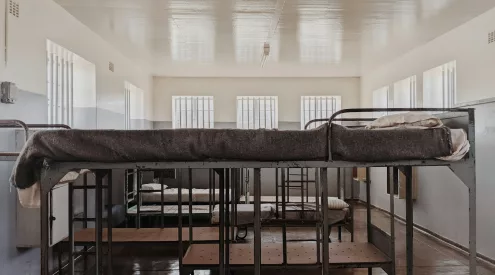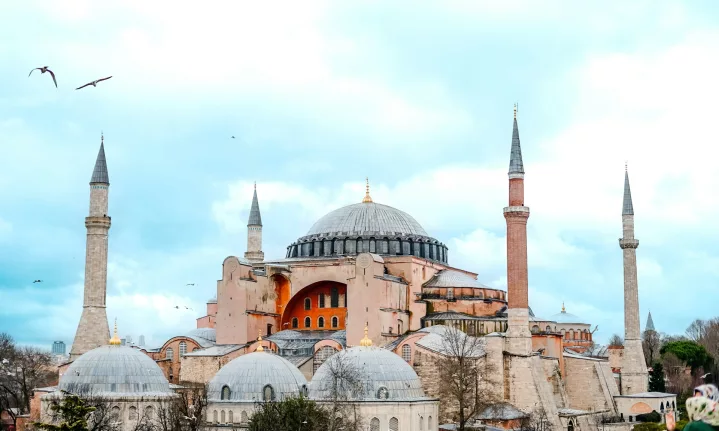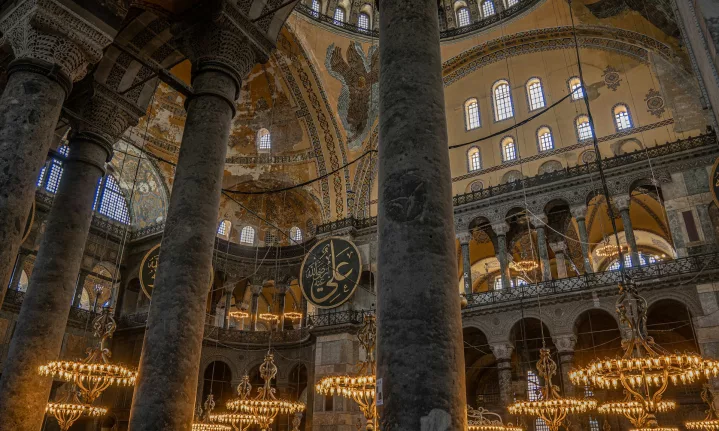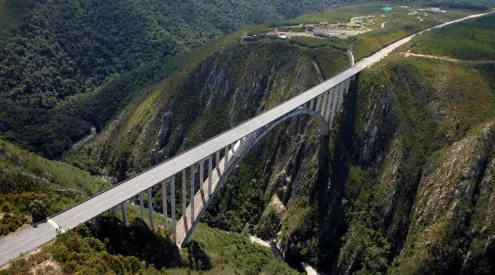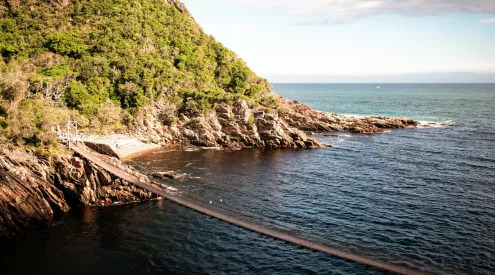According to expert reports, Turkey is set to begin restoration and remodelling work on the Hagia Sophia dome, which is believed to be one of the most significant repair projects on the iconic one-thousand-year-old landmark.
Before its capture by Ottoman Sultan Mehmet the Conqueror, the dome was the largest cathedral for 900 years, and after that, it became one of Islam’s most holy mosques for nearly 500 years.
ALSO READ: Exploring the rich history of Robben Island beyond Nelson Mandela
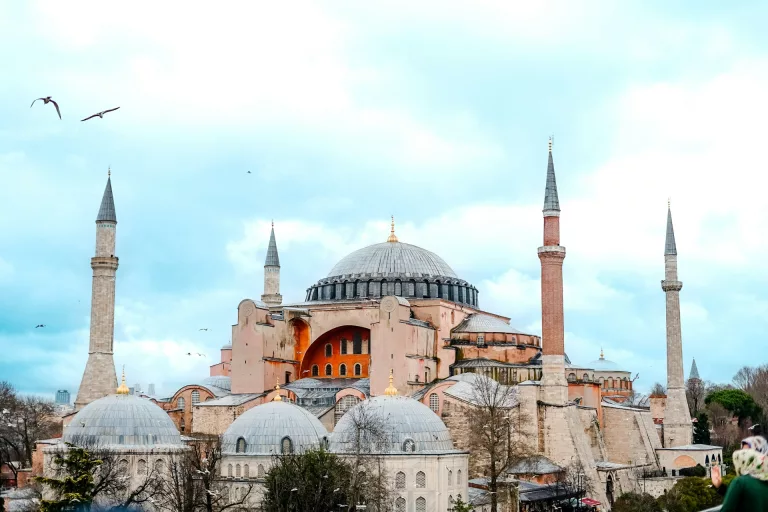
Nabil Adham/Unsplash
Turkey’s secular republic turned the building into a museum for approximately 70 years until President Tayyip Erdogan converted it back into a mosque in 2020.
Byzantine art historian, Asnu Bilban told Reuters: “This process will be difficult and will open an important page in the book of Hagia Sophia.
“It is truly a structure full of surprises because sometimes things develop in a way we do not expect. That is, you design and plan it, but when you open it, things may develop differently.”
According to Ahmet Gulec, cultural property conservation and repair expert, the dome will first have to be covered to protect it during the repair process, further adding that the existing lead cover will be removed for the restoration project to begin.
The reinforcement part of the project will predominantly focus on the weak structural points determined during the simulations of a large earthquake, considering that fault lines surround the country.
Hasan Firat Diker, a professor of Architecture at Fatih Sultan Mehmet Vakif University, believes the structural problems will reveal themselves when the lead cover is lifted.
The Hagia Sophia will likely remain open to worshippers and visitors during the process, which Ahmet Gulec believes will make the repairs even more difficult.
The experts did not immediately reveal the completion date, given the potential for setbacks from weather conditions and other unforeseen circumstances.
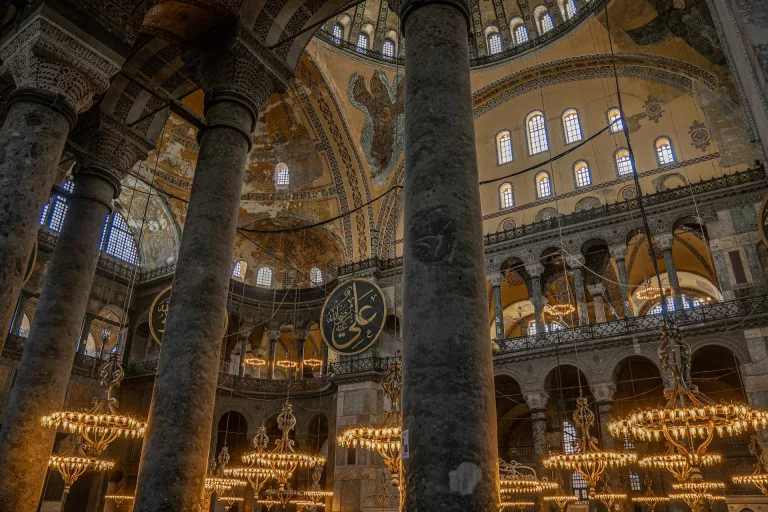
Diego Allen/Unsplash
Some interesting facts about the Hagia Sophia dome:
- It has been recognized as a world heritage site by UNESCO since 1985
- The Hagia Sophia was first known as Magna Ecclesia (meaning Great Church) because of its significantly large dimensions
- It is over 14 centuries old, consecrated first in 360 C.E. by bishop Eudoxius of Antioch during the reign of Constantius II.
- All parts of the great Byzantine Empire had a part to play in the church’s building. The green marble from Egypt, the yellow stone from Syria, and the black stone from the Bosporus region
- The Hagia Sophia was destroyed twice during its construction: first during the riots of C.E. 404 and then again during the Nika Uprising in 532 C.E.
- The columns from the Temple of Artemis were used to boost and embellish the interior of Hagia Sophia.
- It took 10,000 workers to complete the construction of the dome of the Hagia Sophia.
Follow us on social media for more travel news, inspiration, and guides. You can also tag us to be featured.
TikTok | Instagram | Facebook | Twitter
ALSO READ: Must-visit international destinations for history buffs








